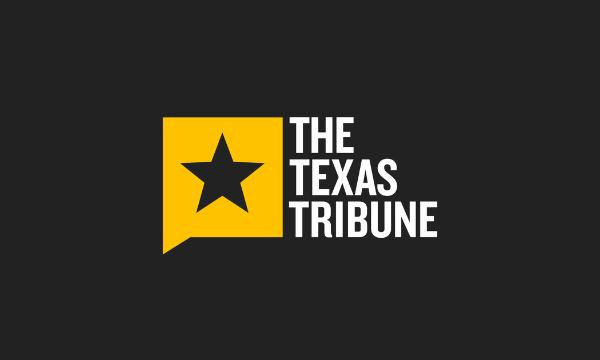
Mexico is currently awaiting a response from Google regarding the restoration of the name Gulf of Mexico on its Google Maps service. The Mexican government has expressed its intention to file a lawsuit if Google does not comply with its request.
The issue arose after Google adopted the name Gulf of America for the body of water following a declaration by U.S. President Donald Trump. This decision has sparked tensions between Mexico and the U.S., with Mexico asserting that the mapping policy violates its sovereignty.
Google's vice president of government affairs and public policy reiterated the company's stance on using Gulf of America to maintain consistency across all regions. However, Mexican authorities have emphasized that they will not accept the renaming of a geographic zone within their territory.
The Gulf of Mexico, a name dating back to 1607 and recognized by the United Nations, is a point of contention between the two countries. Mexico controls a significant portion of the Gulf, with the U.S. having jurisdiction over only a portion of it.
In response to Google's letter, Mexico has threatened legal action to uphold its jurisdiction and sovereignty over the Gulf of Mexico. The Mexican president also announced upcoming high-level meetings with the U.S. to discuss trade and security, aiming to maintain a collaborative relationship between the neighboring allies.
The controversy surrounding the renaming of the body of water has not only strained relations between Mexico and the U.S. but has also led to internal strife within the U.S. The White House recently barred Associated Press reporters from events due to the news agency's use of Gulf of Mexico in its reporting.
Journalistic organizations have raised concerns about press freedom violations, emphasizing the importance of recognizing geographical features while acknowledging political decisions that may impact naming conventions.







